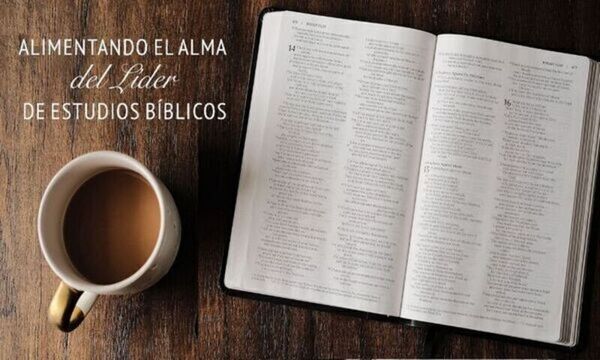Speaking about moral codes and laws, Oliver O’Donovan (Resurrection and Moral Order, 2nd ed.) says something helpful about how we use the Bible to make moral decisions. Speaking generally of the relationship between individual moral commands and the overall moral law, he writes first:
The items in a [moral] code stand to the moral law as bricks to a building. Wisdom must involve some comprehension of how the bricks are meant to be put together.
Applying this to our use of the Bible, he adds:
We will read the Bible seriously only when we use it to guide our thought towards a comprehensive moral viewpoint, and not merely to articulate disconnected moral claims. We must look within it not only for moral bricks, but for indications of the order in which the bricks belong together. (200)
An example of such an “indication” is the greatest command of Matt 22:37-40: to love God and neighbor are the highest priority. This twofold command provides order to the other moral commands and even stands over them. Here is an instance of Scripture providing a blueprint, instructing us on how the “bricks belong together.”
Other examples might include Matt 12:7 (“If you had known what these words mean, ‘I desire mercy, not sacrifice,’you would not have condemned the innocent”), Matt 23:23 (“But you have neglected the more important matters of the law—justice, mercy and faithfulness”), and Gal 5:14 (“For the entire law is fulfilled in keeping this one command: “Love your neighbor as yourself”).
Applying the Word of God well requires structure and ordering; wisdom involves gaining a sense of and following the Bible’s systematizing of its own teaching, not merely obeying its commands in an undifferentiated or piecemeal manner.
 Biola University
Biola University

.jpg)

.jpg)